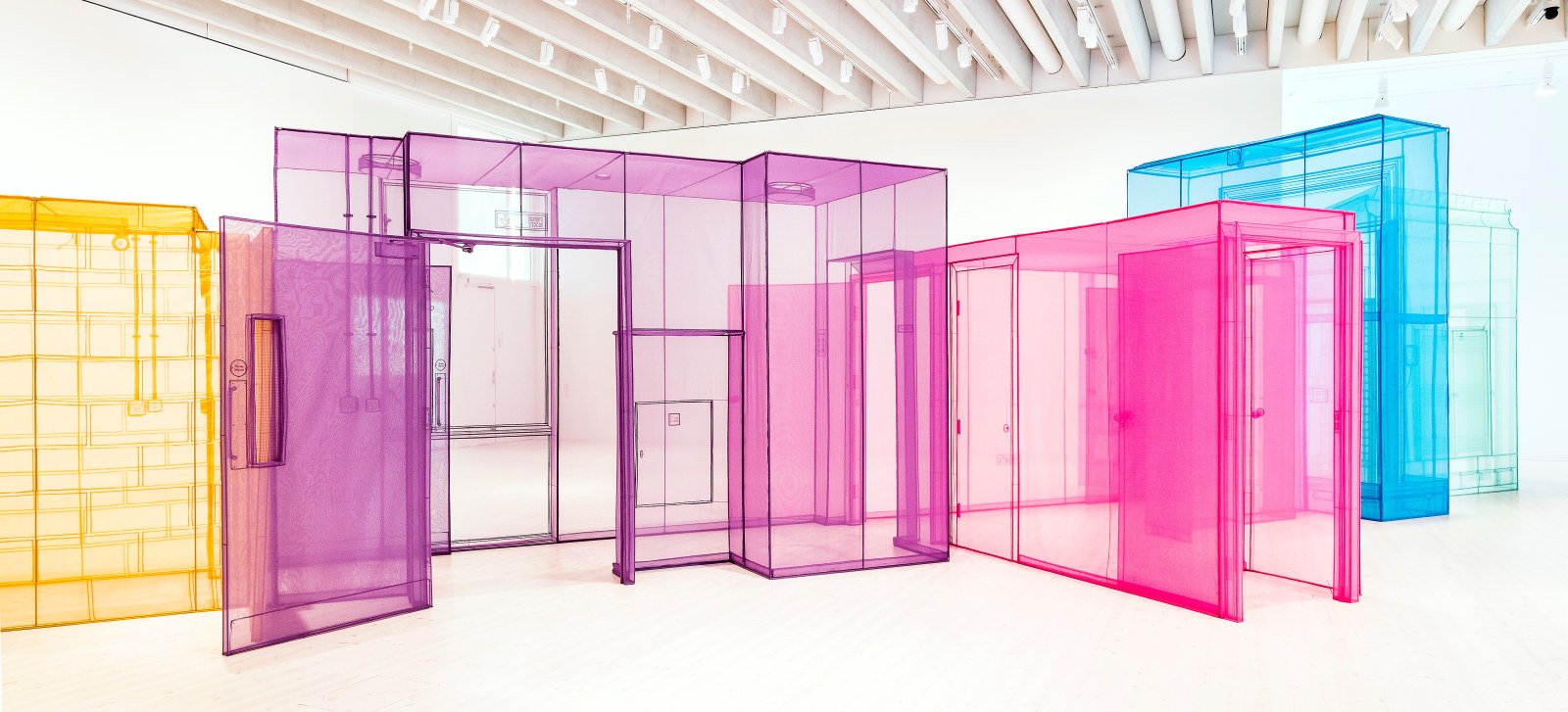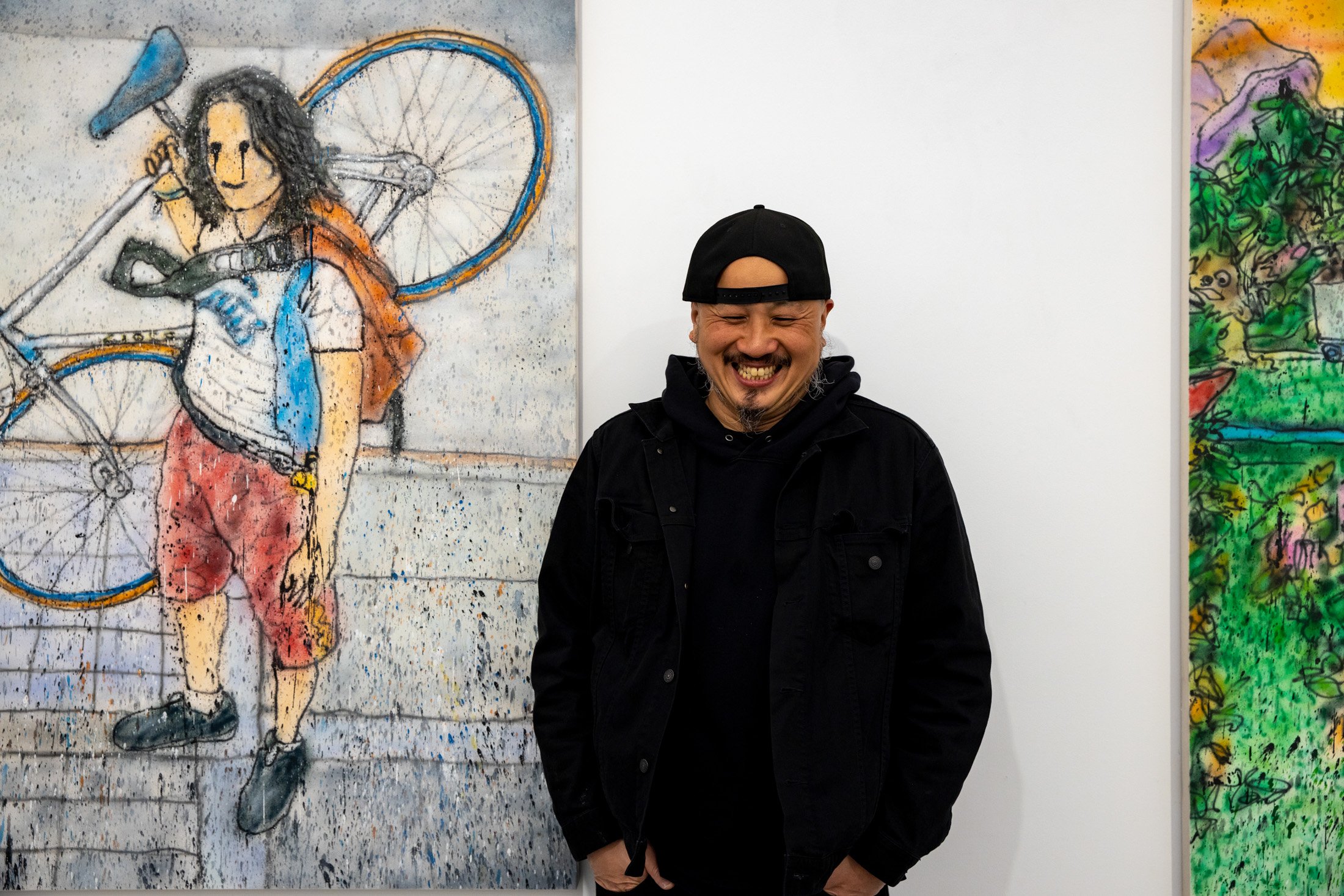Do Ho Suh: Sculpting Colorful Experiences

Do Ho Suh, born in 1962, is renowned for his site-specific installations that manipulate scale to emphasize the malleability of space and examine the issues of cultural identity and anonymity.
Suh’s training in traditional Oriental painting and his mandatory service in the South Korean military has significantly influenced his work.
Born in Seoul, South Korea in 1962, Suh was raised in an innately creative environment—his father, Suh Se-Ok pioneered a modern, abstract approach to traditional ink painting. The younger Suh also followed an artistic path, studying painting at Seoul National University and Rhode Island School of Design, and later sculpture at Yale University. Over the course of his career, he has lived around the world in cities including London, New York, and Berlin.
Suh’s well-traveled experiences are a kaleidoscope of reference for his art. His practice has taken shape across a range of media, installation, drawings, and film—and of course, the ethereal models of former homes that he is best known for as an artist. Openly constructed in airy fabrics and translucent resin architecture, these dreamlike sculptures signify time, memory, and identity, as much as physical settings.
Whether addressing the dynamic of personal space versus public space or exploring the fine line between strength in numbers and homogeneity, Suh’s sculptures continually question the identity of the individual in today’s increasingly transnational, global society.





